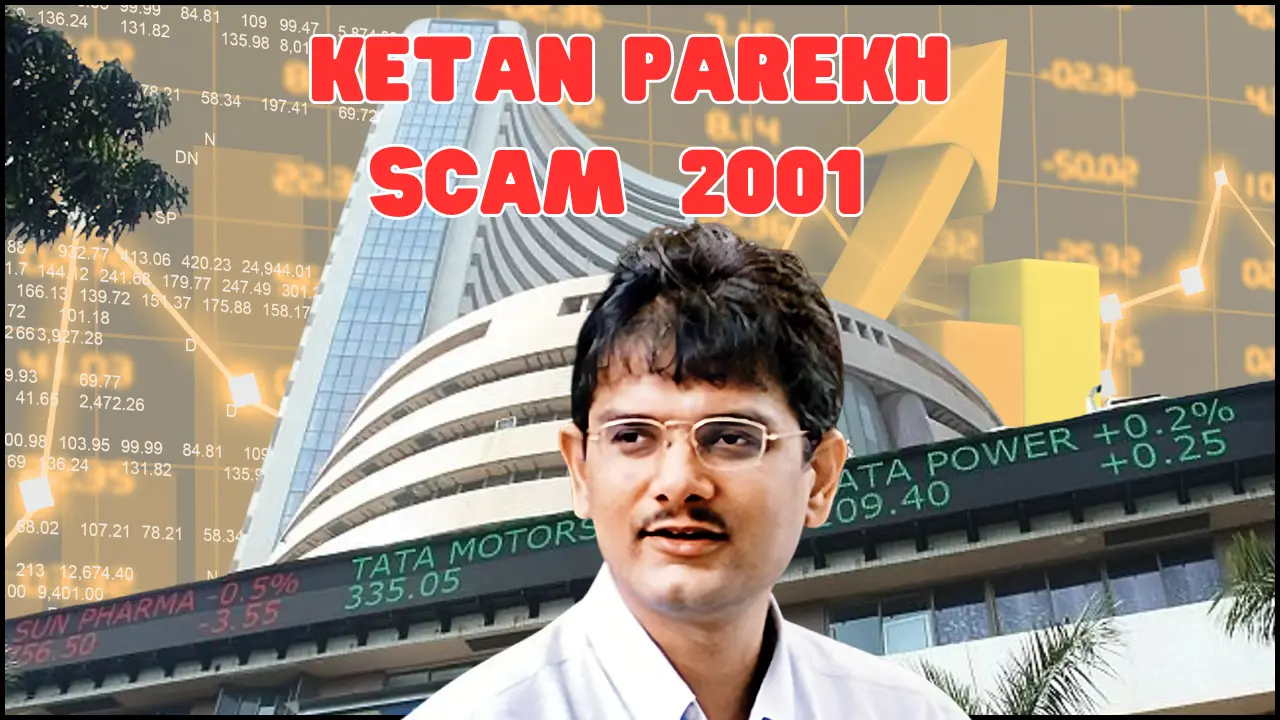The Harshad Mehta Securities Scam, also known as the 1992 Indian stock market scam, was considered one of the most significant financial crimes in Indian history and continues to exist today. A stockbroker named Harshad Shantilal Mehta developed the program. Controlling the Bombay Stock Exchange (BSE) necessitated the involvement of numerous bankers and legislators. This resulted in significant financial instability and the plunder of approximately USD 10 million from investors.
Significant Events and Scam Mechanisms.
By 1990, Harshad Mehta had advanced from humble origins to a significant figure in the Indian stock market. From 1991 to 1992, he provided Rs 3,500 crore in bank funds to a group of stockbrokers under his personal supervision, which contributed to his rise to prominence and notoriety. The meticulous allocation of these funds to the stock market led to a significant increase in the BSE, surpassing 4,500 points.
A seasoned journalist, Sucheta Dalal, initially disclosed the fraud in April 1992. Dalal’s investigation revealed that illicit financial transactions funded Mehta’s market activities. In order to manipulate stock prices, Mehta’s primary strategy involved the production of fraudulent bank receipts (BRs) and their subsequent use to request unsecured loans. The BSE Sensex experienced a significant increase as a consequence of these dishonest practices, which led to the market erupting into an unmanageable frenzy.
Outcomes and lawsuits
August 1992 saw the BSE Sensex plummet by 72% as a result of the controversy that had prompted a precipitous decline in the Indian stock market. Investors suffered losses of millions of dollars, which considerably undermined confidence in India’s banking sector. Intervention by the Indian government is necessary to prevent further losses and maintain market stability.
Harshad Mehta was apprehended in June 1992 and subsequently convicted of engaging in fraudulent activities. He received a harsh five-year prison sentence. Mehta was convicted of four of the 27 criminal charges that were filed against him prior to his untimely death at the age of 47 from a heart attack in 2001. He was also sentenced to two to five years in prison, as were his colleagues.
Impact of Regulation Reforms on India’s Economy
Harshad Mehta’s case revealed substantial deficiencies in the Indian finance and stock systems. The dispute demonstrated the necessity of stringent controls and restrictions in order to eradicate this fraudulent activity. The Securities and Exchange Board of India (SEBI) responded by enacting new legislation to address the vulnerabilities that Mehta leveraged. Stiffer regulations for stock market activities and more stringent oversight of bank transactions were two of these enhancements.
As a response to the fraud, new regulatory entities were established to enhance corporate governance and transparency and monitor financial markets. As well as a greater emphasis on ethical conduct in the financial sector, the long-term consequences included greater regulatory protections for investor interests.
Heritage and cultural significance
In the annals of Indian finance, the Harshad Mehta fraud is frequently cited as a cautionary tale. Numerous publications have addressed this subject, with “The Scam: From Harshad Mehta to Ketan Parekh” by Sucheta Dalal and Debashis Basu being the most notable. Public awareness has been significantly impacted by the crisis, as evidenced by the dramaticization of the crisis in numerous media outlets.
Mehta’s narrative functions as a stern reminder of the significance of regulatory surveillance in guarding the integrity of the financial system and the hazards of unregulated financial speculation. The 1992 securities fraud continues to influence Indian financial practices and regulatory laws.



